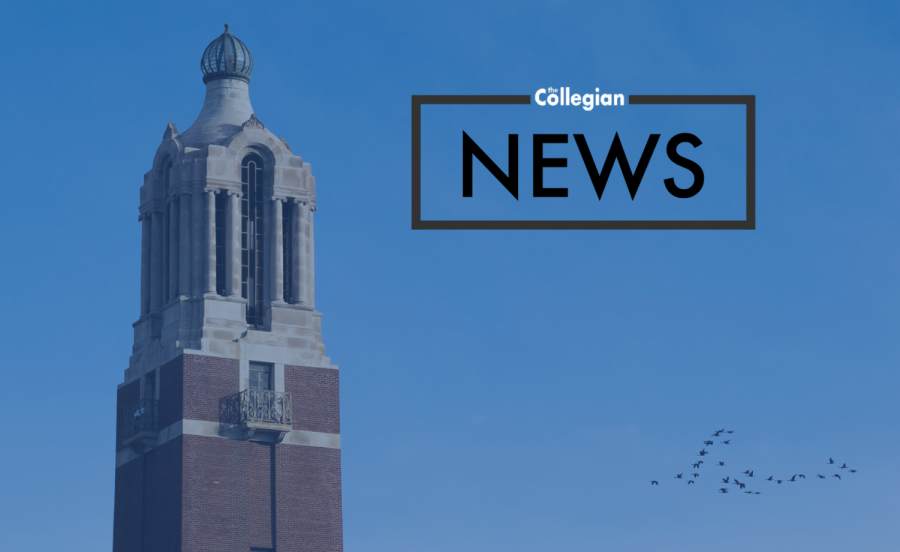SDBOR proposes $10.3 million plan to improve financial aid
September 13, 2017
The South Dakota Board of Regents has proposed a new program to distribute more financial aid to in-state college students in an effort to make public higher education more affordable.
Dakota’s Promise is designed to close the gap between existing financial aid and the cost of attendance for South Dakota college students, according to a press release from SDBOR.
“After exhausting all existing aid options, many of our students still have unmet need. That gap may prevent a student from attending college or completing their degree,” SDBOR President Bob Sutton said in the press release.
South Dakota was ranked the second-to-last state for providing student aid based on financial circumstances in a 2012 report from the Brookings Institute, a nonprofit research organization based in Washington, DC.
South Dakota also has the second-highest rate of students graduating with debt, at 71 percent, according to a 2016 report from the Institute for College Access and Success.
In a prepared statement, Students’ Association gave its support for Dakota’s Promise.
“By allowing greater access to education, we remain truthful to our land-grant mission,” the statement read. “Moving forward, we hope to show support for this initiative in whatever way possible.”
The statement also indicated that a resolution of endorsement would be drafted to “represent student voices in support of this matter.”
For the past six years, SDBOR Vice President of Academic Affairs Paul Turman has advocated for continued expansion of a needs-based scholarship program like Dakota’s Promise.
“I think for those students who are not sure where they are going to come up with the cost to cover their education, I think this program will ensure that those students are not held out from fulfilling their dreams,” Turman said. “At the same time, it gives institutions the capacity to keep more students in-state.”
The concern of education affordability began to be addressed two years ago when SDBOR assembled a task force of state financial aid experts.
With Dakota’s Promise, the task force put forward a $3.5 million request for students who still have financial need even after every other available source — from the student, student’s family, institution and federal government — has been used. The cost of this program would grow in coming years to $10.3 million annually, until about 6,000 students would receive financial aid support.
The Regents requested about $3 million to ensure students continue in their academics successfully and to aid with campus building maintenance and repair. A $3 million one-time request was also made to improve the state’s high-speed data network used by academic researchers across the state.
The board requested an additional $6.5 million to support priorities identified by each of the state’s six public universities and two special schools.
Dunn said he is glad to see the state discussing ways to invest money in higher education opportunities.
“In South Dakota, the state’s support for higher education has flip-flopped,” Dunn said. “When I was a student here, the state subsidized my education with state general funds at about 70 percent and I had to pay about 30 percent. Now the student pays about 60 percent and the state pays 40 percent.”
If Gov. Dennis Daugaard announces support for the financial aid program in December, Turman will testify in support of it at the State House when legislators consider Dakota’s Promise in January.























